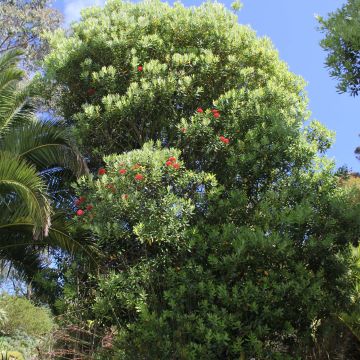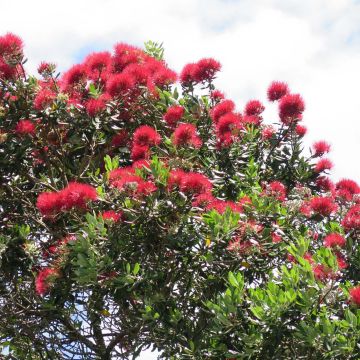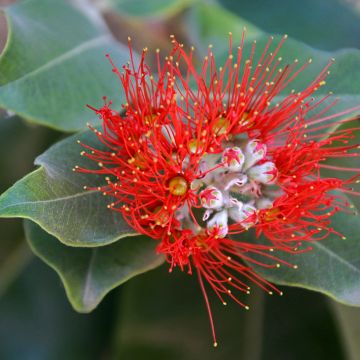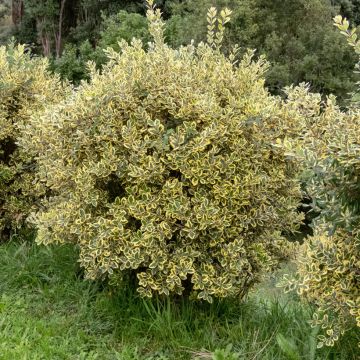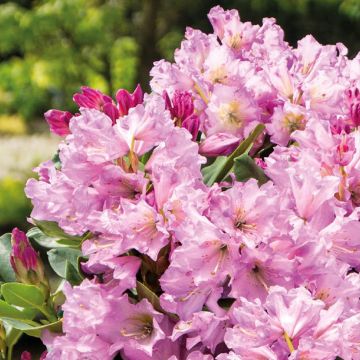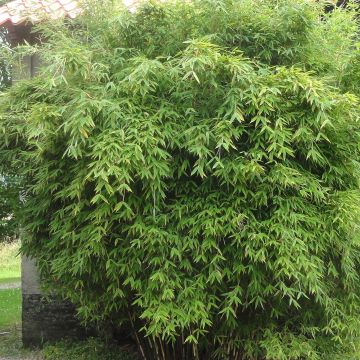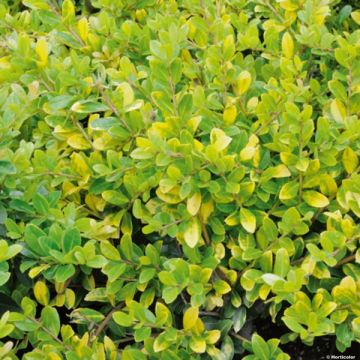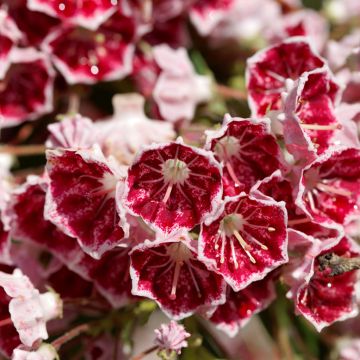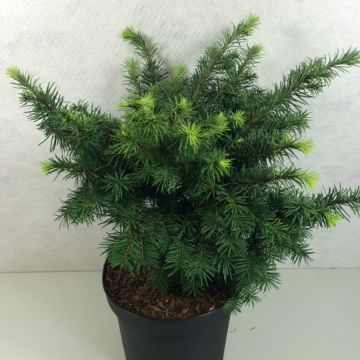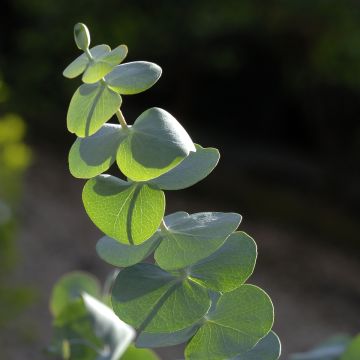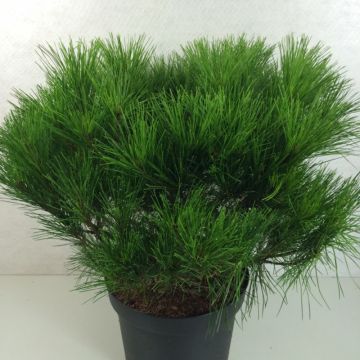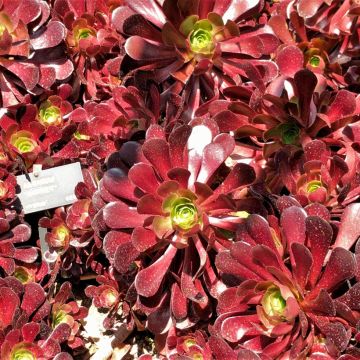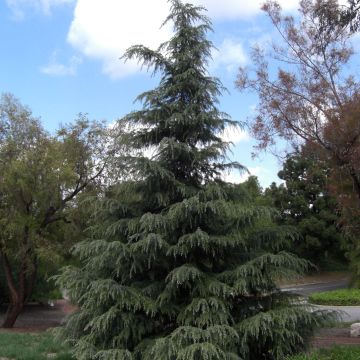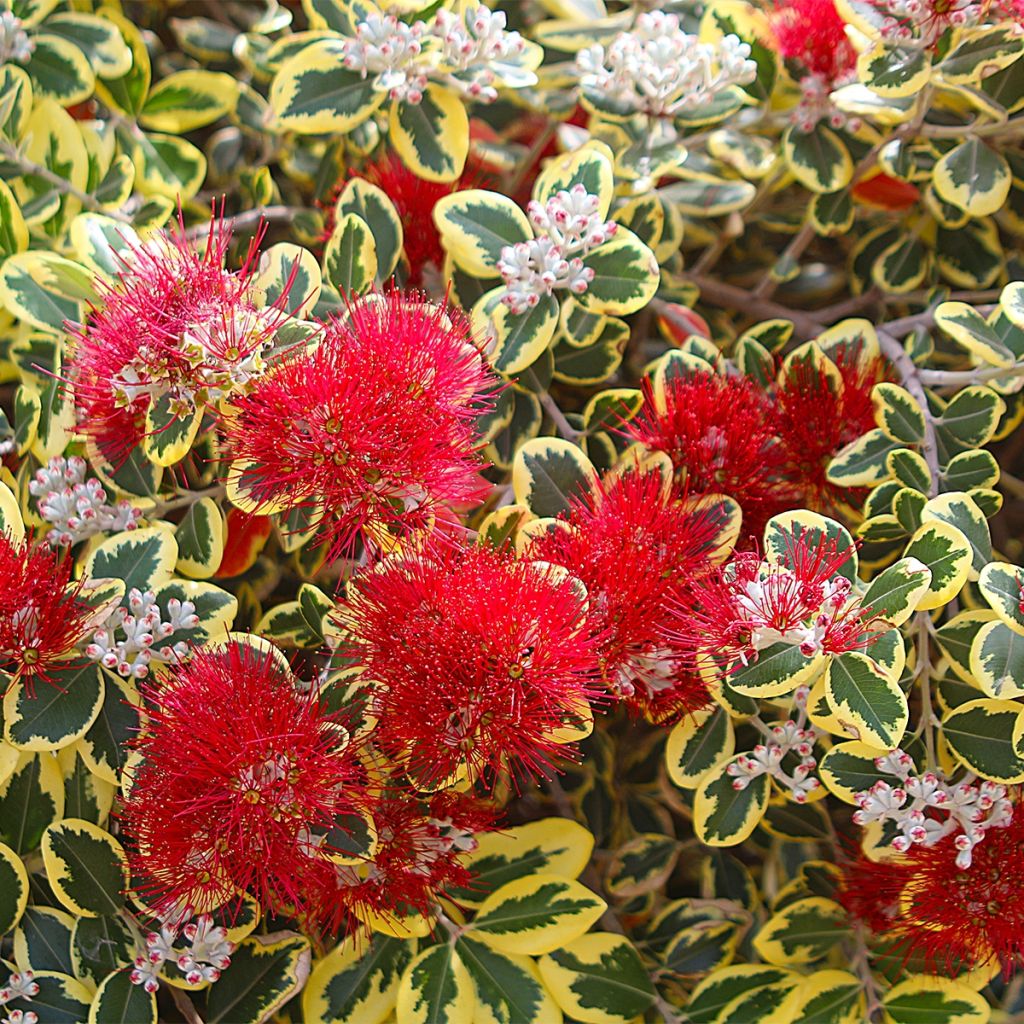

Metrosideros kermadecensis Sunninghill
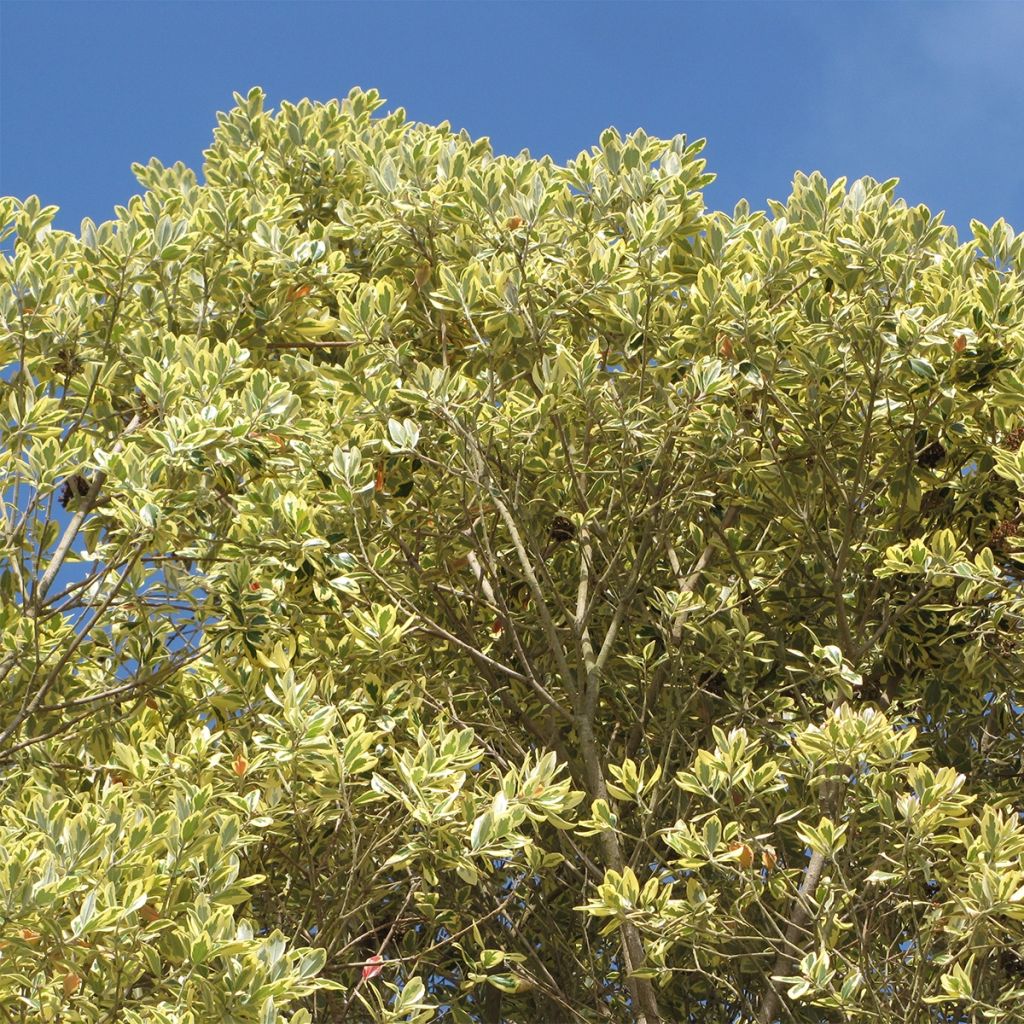

Metrosideros kermadecensis Sunninghill
Metrosideros kermadecensis Sunninghill
Metrosideros kermadecensis Sunninghill
Kermadec Pohutukawa, New Zealand Christmas Tree
Why not try an alternative variety in stock?
View all →This plant carries a 24 months recovery warranty
More information
We guarantee the quality of our plants for a full growing cycle, and will replace at our expense any plant that fails to recover under normal climatic and planting conditions.
From €5.90 for pickup delivery and €6.90 for home delivery
Express home delivery from €8.90.
Delivery to Corse prohibited: UE law prohibits the import of this plant from mainland France to Corse as part of the fight against Xylella fastidiosa. Please accept our sincere apologies.
More information
Does this plant fit my garden?
Set up your Plantfit profile →
Description
Metrosideros kermadecensis 'Sunninghill' is a tall evergreen bush for mild climates. The green leaves with yellow spots of this variety of Kermadec Metrosideros are decorative all year round, and its bright red plume-like flowering is magnificent throughout the summer. Its requirements are as exotic as its appearance, as it only tolerates light frosts, which limits it to coastal and southern gardens... In cooler areas, its slow growth allows it to be planted in pots to be brought indoors in winter. It likes rich, neutral to acidic, moist but well-drained soils and can also tolerate drought once well established.
Metrosideros is a member of the large Myrtaceae family, which includes about three thousand species and dozens of genera, including the well-known Eucalyptus, Feijoa, guava (Psidium), bottlebrush (Callistemon), and myrtle (Myrtus) which gave the family its name. They are often plants of mild or tropical climates, with characteristic flowers with decorative tufts of stamens. This tree, known as ironwood because it is so hard, is native to the volcanic Kermadec Islands, discovered by a French officer of the Royal Navy off the coast of New Zealand. In these latitudes, it is a tree that can reach over 15m (49ft 2in) in height with a trunk diameter of 1m (3ft 4in) or more.
In our gardens in the south or on the Atlantic coast, Metrosideros kermadecensis will form a much smaller bush: 3m (9ft 10 n) high and 2m (6ft 7in) wide after 10 years, as its growth is slow. At maturity, it can reach 6m (19ft 8in) high and 5m (16ft 5in) wide, or even more, so this should be taken into account when choosing its location.
This bush has small evergreen leaves that are 3 to 5cm (1.2 to 2in) long, a beautiful bright green colour, with a central yellow spot with more or less irregular contours. This bright and decorative foliage all year round provides a contrasting backdrop for the superb bright red flowering that lasts throughout the summer. These flowers are grouped in clusters at the ends of the branches and display tufts of scarlet stamens about 3cm (1.2in) long, clearly visible with their tousled appearance.
Adapted to neutral to acidic soil, this plant appreciates a certain level of humidity but in well-drained conditions, excess water can be fatal, especially in case of frost. It is indeed quite sensitive to cold, it can withstand temperatures around -3/-4°C (26.6/24.8 °F) and its foliage is damaged below that. It can resprout from the stump down to about -6°C (21.2 °F) but not more. These data are indicative, as in case of excessive soil moisture or cold winds, its tolerance can be significantly reduced.
Its limited hardiness restricts its cultivation to milder coastal areas, where it will find its place in seaside gardens as it is resistant to salt spray.
In colder regions, it will need to be grown in large pots to be overwintered frost-free. Its slow growth and small annual size will allow it to be enjoyed for many years, like an orangery plant.
Metrosideros is a great choice for Mediterranean or exotic gardens. Its tropical appearance will allow it to be used in "exotic" beds alongside other plants with a distinctive aesthetic. The palm tree Syagrus with its port and leaves resembling a coconut tree will be perfect in the background, ideally in multiple specimens to enhance the "southern seas" effect. The oversized foliage of hardy banana trees or the bird of paradise with its flowers so evocative of the tropics will also be good companions. And if the combination of green, yellow, and red colours is not enough, why not add some blue and cream white with the delightful Eucalyptus 'Baby Blue'.
Report an error about the product description
Metrosideros kermadecensis Sunninghill in pictures
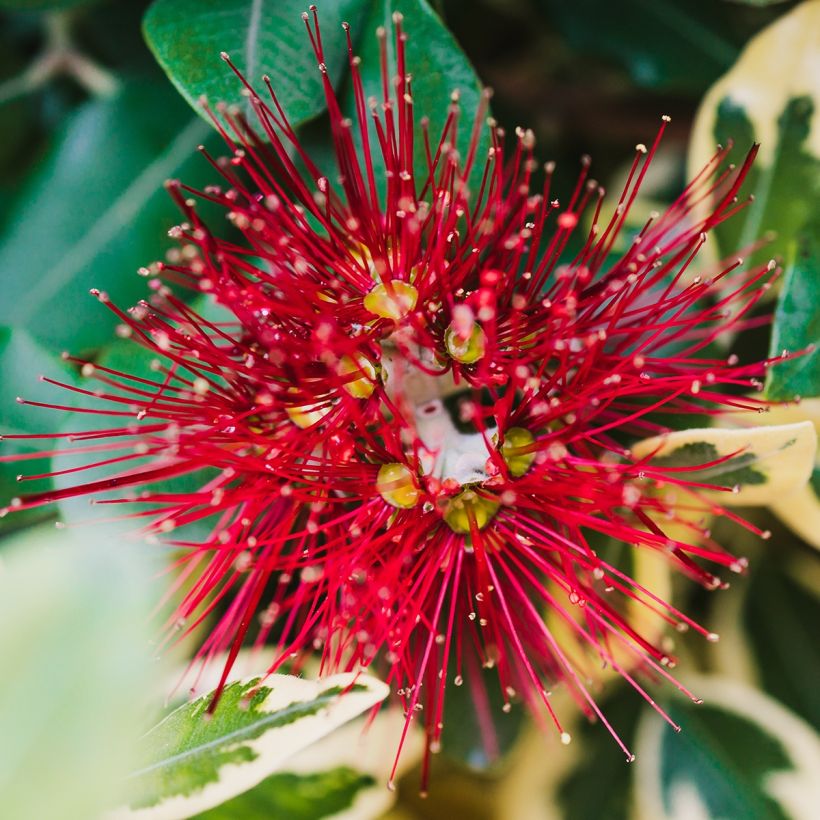

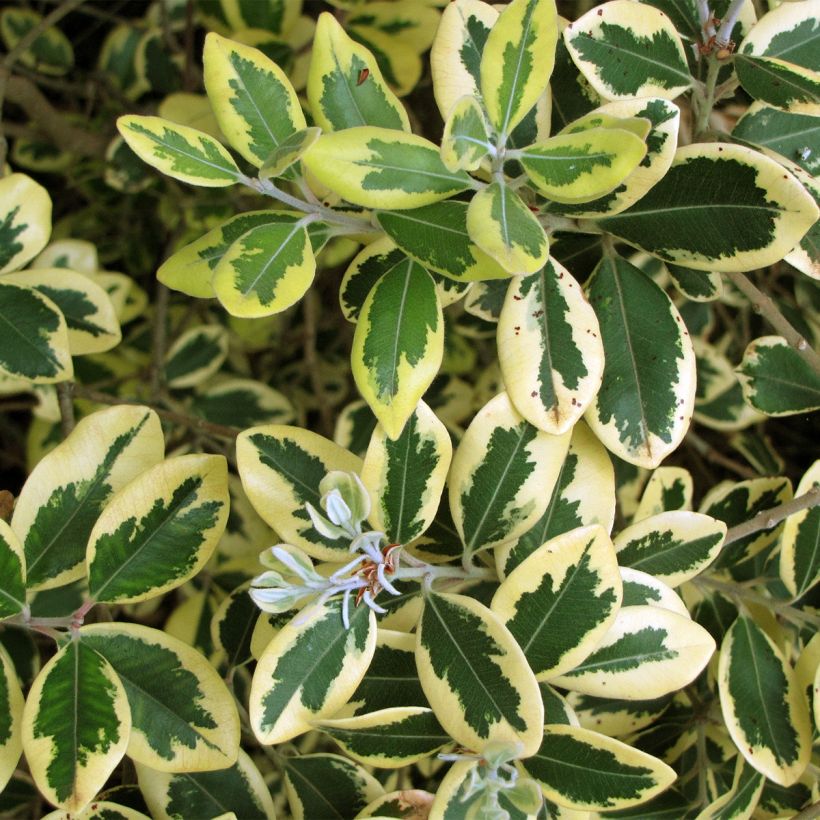

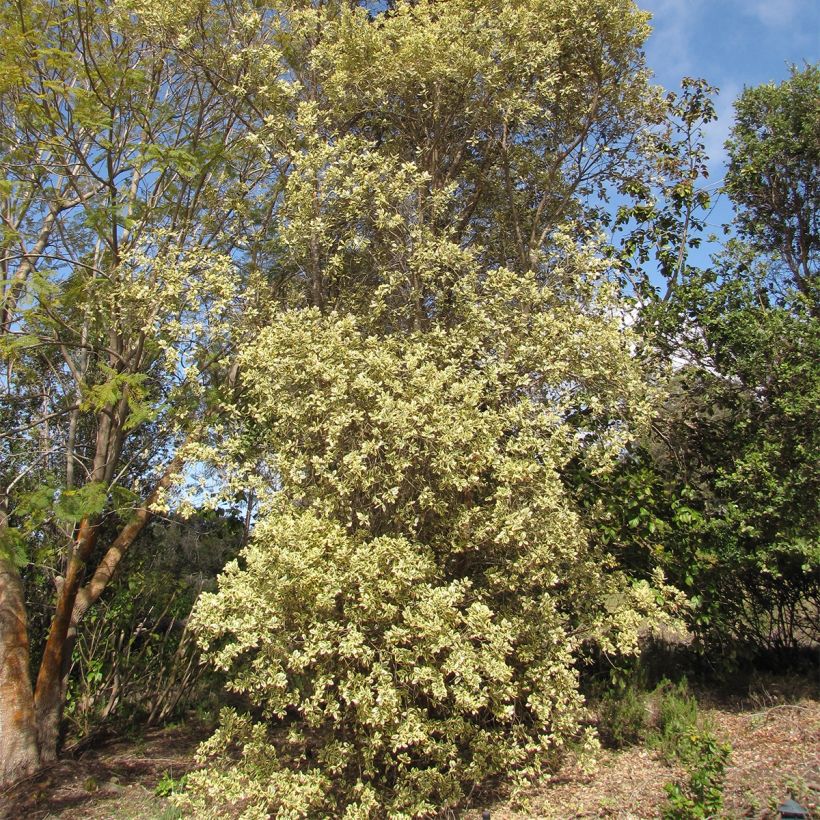

Plant habit
Flowering
Foliage
Botanical data
Metrosideros
kermadecensis
Sunninghill
Myrtaceae
Kermadec Pohutukawa, New Zealand Christmas Tree
Cultivar or hybrid
Other Metrosideros
Planting and care
This Metrosideros being very sensitive to cold, it is therefore advisable to plant it in spring, after the last frosts. This way, it will have the whole season to develop its root system before facing its first winter. Choose a sunny location, or possibly partial shade, and above all sheltered from cold winds.
Soak the root ball in a bucket for about fifteen minutes to thoroughly saturate it. Meanwhile, dig a hole at least 60cm (23.6in) on each side to accommodate it. Mix heath soil and compost with the existing soil (1/3 of each) and if your soil is not sufficiently well-draining, dig to a depth of 80cm (31.5in) and place a thick layer of gravel at the bottom. Fill the hole with the prepared mixture and water it, then place the Metrosideros and fill in around it. Finish with a good watering. Make sure to keep the base fresh, without excess, but avoiding the soil from drying out in the summer during the first few years. Afterwards, once well established, this bush becomes more drought-resistant.
This plant does not suffer from any particular diseases. As for insects, only scale insects are to be feared as they enjoy its foliage. Therefore, monitor it from time to time to be able to treat if necessary. Indeed, in addition to weakening the plant and being unsightly, scale insects cause the development of sooty mold, a black powdery fungus that covers the leaves, harming the aesthetics and impeding the plant's photosynthesis.
Planting period
Intended location
Care
This item has not been reviewed yet - be the first to leave a review about it.
Evergreen shrubs
Haven't found what you were looking for?
Hardiness is the lowest winter temperature a plant can endure without suffering serious damage or even dying. However, hardiness is affected by location (a sheltered area, such as a patio), protection (winter cover) and soil type (hardiness is improved by well-drained soil).

Photo Sharing Terms & Conditions
In order to encourage gardeners to interact and share their experiences, Promesse de fleurs offers various media enabling content to be uploaded onto its Site - in particular via the ‘Photo sharing’ module.
The User agrees to refrain from:
- Posting any content that is illegal, prejudicial, insulting, racist, inciteful to hatred, revisionist, contrary to public decency, that infringes on privacy or on the privacy rights of third parties, in particular the publicity rights of persons and goods, intellectual property rights, or the right to privacy.
- Submitting content on behalf of a third party;
- Impersonate the identity of a third party and/or publish any personal information about a third party;
In general, the User undertakes to refrain from any unethical behaviour.
All Content (in particular text, comments, files, images, photos, videos, creative works, etc.), which may be subject to property or intellectual property rights, image or other private rights, shall remain the property of the User, subject to the limited rights granted by the terms of the licence granted by Promesse de fleurs as stated below. Users are at liberty to publish or not to publish such Content on the Site, notably via the ‘Photo Sharing’ facility, and accept that this Content shall be made public and freely accessible, notably on the Internet.
Users further acknowledge, undertake to have ,and guarantee that they hold all necessary rights and permissions to publish such material on the Site, in particular with regard to the legislation in force pertaining to any privacy, property, intellectual property, image, or contractual rights, or rights of any other nature. By publishing such Content on the Site, Users acknowledge accepting full liability as publishers of the Content within the meaning of the law, and grant Promesse de fleurs, free of charge, an inclusive, worldwide licence for the said Content for the entire duration of its publication, including all reproduction, representation, up/downloading, displaying, performing, transmission, and storage rights.
Users also grant permission for their name to be linked to the Content and accept that this link may not always be made available.
By engaging in posting material, Users consent to their Content becoming automatically accessible on the Internet, in particular on other sites and/or blogs and/or web pages of the Promesse de fleurs site, including in particular social pages and the Promesse de fleurs catalogue.
Users may secure the removal of entrusted content free of charge by issuing a simple request via our contact form.
The flowering period indicated on our website applies to countries and regions located in USDA zone 8 (France, the United Kingdom, Ireland, the Netherlands, etc.)
It will vary according to where you live:
- In zones 9 to 10 (Italy, Spain, Greece, etc.), flowering will occur about 2 to 4 weeks earlier.
- In zones 6 to 7 (Germany, Poland, Slovenia, and lower mountainous regions), flowering will be delayed by 2 to 3 weeks.
- In zone 5 (Central Europe, Scandinavia), blooming will be delayed by 3 to 5 weeks.
In temperate climates, pruning of spring-flowering shrubs (forsythia, spireas, etc.) should be done just after flowering.
Pruning of summer-flowering shrubs (Indian Lilac, Perovskia, etc.) can be done in winter or spring.
In cold regions as well as with frost-sensitive plants, avoid pruning too early when severe frosts may still occur.
The planting period indicated on our website applies to countries and regions located in USDA zone 8 (France, United Kingdom, Ireland, Netherlands).
It will vary according to where you live:
- In Mediterranean zones (Marseille, Madrid, Milan, etc.), autumn and winter are the best planting periods.
- In continental zones (Strasbourg, Munich, Vienna, etc.), delay planting by 2 to 3 weeks in spring and bring it forward by 2 to 4 weeks in autumn.
- In mountainous regions (the Alps, Pyrenees, Carpathians, etc.), it is best to plant in late spring (May-June) or late summer (August-September).
The harvesting period indicated on our website applies to countries and regions in USDA zone 8 (France, England, Ireland, the Netherlands).
In colder areas (Scandinavia, Poland, Austria...) fruit and vegetable harvests are likely to be delayed by 3-4 weeks.
In warmer areas (Italy, Spain, Greece, etc.), harvesting will probably take place earlier, depending on weather conditions.
The sowing periods indicated on our website apply to countries and regions within USDA Zone 8 (France, UK, Ireland, Netherlands).
In colder areas (Scandinavia, Poland, Austria...), delay any outdoor sowing by 3-4 weeks, or sow under glass.
In warmer climes (Italy, Spain, Greece, etc.), bring outdoor sowing forward by a few weeks.

































